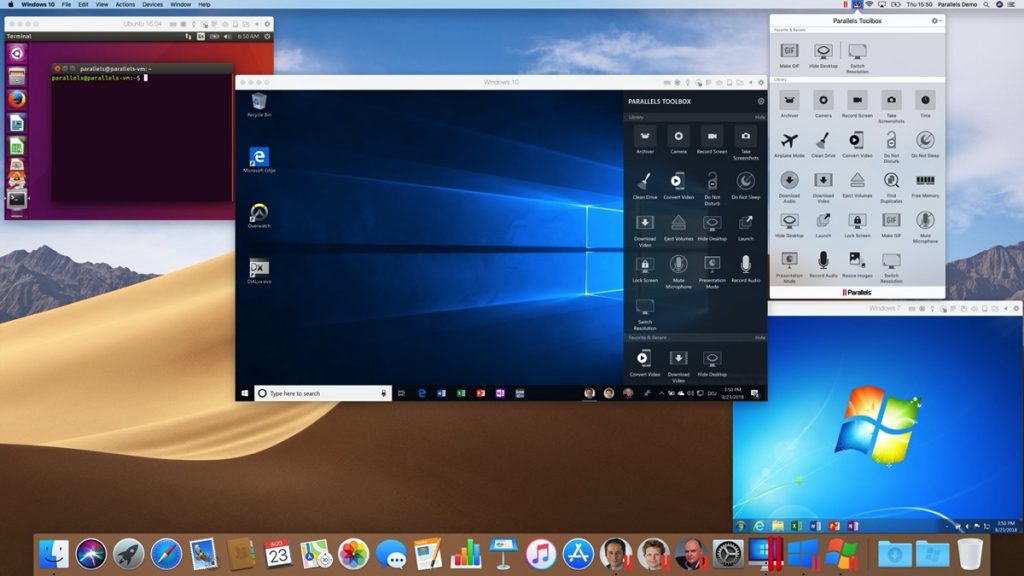

It turns a ‘SharePoint library’ into a ‘content component library’ - a repository for the storage of DITA topics, DITA maps, and associated metadata.

DITA Exchange Foundation – empowers Microsoft SharePoint to recognize, understand, locate, and manipulate DITA content.
#Component of microsoft office software#
Instead of struggling to learn a new XML authoring tool, while simultaneously learning a new approach to creating and managing content, DITA Exchange empowers content creators of all skill levels to make the jump to DITA without specialized knowledge and in-depth software training.Īt a high level, DITA Exchange is comprised of the following modules: It prevents those who do not need to understand DITA, XML, and the DITA Open Tool Kit (yuck!) from the pains associated with moving to DITA by allowing them to work within the confines of software products with which they are already familiar.

It includes modules that aid in the creation of topic-based DITA content from within Microsoft Word, making it possible to efficiently manage the production of topics in SharePoint, while also enabling non-experts to easily create DITA content and publish DITA maps (collections of topics) to a variety of outputs. More often than not, this means creating structured XML content components, separating them from their formatting information, storing them in a content repository, streamlining their production lifecycle with the help of workflow, ensuring their consistency with the help of content standards, and guiding their creation using software tools that understand the rules, and that assist - not hinder - those who create them.ĭITA Exchange is a suite of software tools designed specifically to enable Microsoft Office and Microsoft SharePoint users to create, manage and deliver DITA content. Central to this shift in thinking is the acknowledgment that in order to get content to work for the organization, it needs to be created, managed and delivered in the most efficient and effective manner possible. Most publishing challenges can be solved by changing the way an organization views content and how it should be created. Add to the formula the right mix of new methods, roles, responsibilities, metrics, content standards, training - and, of course, technology - and you’ve got a recipe for success. It involves conjuring up a ‘perfect storm’ of people, processes, and change. Solving this critical challenge in a way that benefits your entire organization is the goal. In fact, most organizations are struggling to solve the same exact problem as every other content-heavy organization on the planet: Delivering the right information, to the right people, at the right time, in the right format and language, on the device of their choice. While the problems each of my clients experience are often perceived as unique, most of the time, except in rare situations, they are anything but. This article seeks to explain, at a very high level, with minimal mumbo jumbo, why I believe it’s possible - and even attractive - to consider using the software you probably already have in place in your organization today to make the move to DITA and component content management as painless as possible.Īs an enterprise content strategist, I’ve seen just about every content challenge imaginable. With a little help from DITA Exchange, ”Yes, you can move to DITA using Microsoft Word and SharePoint.” More specifically, I usually said something like “If you want to move to the Darwin Information Typing Architecture (DITA), then Microsoft Word and SharePoint are absolutely the wrong tools for the job.” But, that’s not true any more. Over the years, I’ve been quoted as saying, “You can’t do that with Microsoft Word and SharePoint”.


 0 kommentar(er)
0 kommentar(er)
